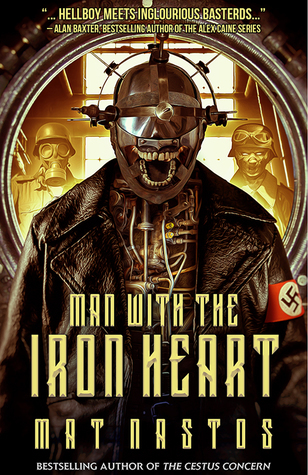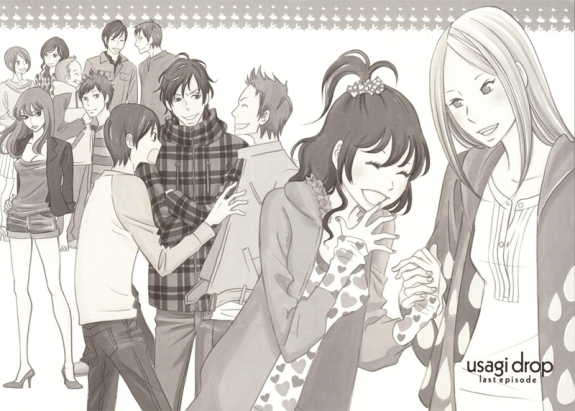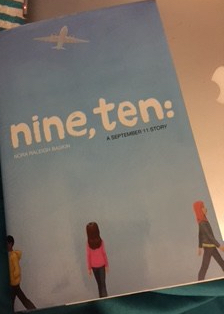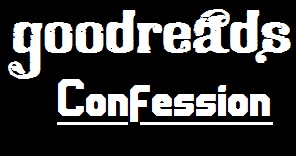
I have a confession to make. About Goodreads. And I’m sure I’m not the only one, but still I feel compelled to confess.
I don’t list everything I read. This might explain why sometimes a single book is listed for a month. It’s often that I’m reading two books in tandem, or I put my first book down and read whole other book before I pick up the first again. I also don’t list certain types of books very often.
This list includes:
nonfiction) I often am reading only chapters or parts which interest me or are relevant to my novel research. Because nonfiction is often not a story with a beginning, middle, and end, I find it easier to put down and not get back to for weeks, years, or ever—these particular nonfiction writings just don’t have any characters or story that makes me need to pick it up again where I left off. An exception would be a book like H is for Hawk.
really old books) To get through a book often means taking it with me to work, to my parent’s place, on picnics, etc. But I can’t do any of that with my really old books. When I do read them, it takes me quite a while since I can only read them at home. (And, of course, because I can’t take it with me, but still need reading material when away from home, I inevitably end up reading one or two other books during the course of enjoying my antique). I might sometimes find a contemporary edition to list online, but I don’t really feel like advertising that it can take me two or three months to finish a book.
poetry) Frequently I read a handful of poems here, a handful there. Especially for poetry anthologies. And I reread my favorite collections in a day or afternoon sometimes. I just don’t feel a need to list the books I sample from or those I reread frequently like I do with my favorite poetry collections.
short story anthologies) This last one I covered in poetry, but it’s equally true for short stories. In fact, this is a great example of why recently Requiem for a Nun by William Faulkner was listed for well over a month.
 I had just read Sanctuary by Faulkner. Requiem for a Nun is a sequel to this novel. However, toward the last third of Requiem, I suddenly plunged into reading short story anthologies for over two weeks. I sampled from three different books, none of which I’d read since college. It was great fun getting reacquainted with some of my favorite short stories. . .a lot more fun than Faulkner for sure. There was T.C. Boyle’s “Greasy Lake,” Annie Proulx’s “The Half-Skinned Steer,” and Sherman Alexie’s “What You Pawn I Will Redeem,” to name three. Now don’t get me wrong, I love Faulkner at his best and, in fact, the story proper of the novel was fine, that is, the parts of the novel that were written like a play. You see, Requiem is part play and part something else. One of the main characters—Temple— from Sanctuary is also the main character of Requiem. And her parts are written as a play with Faulknerian stage directions and everything. However, the play script proper is punctuated by long passages concerning past characters and history, especially the founding of the town of Jefferson and it’s important buildings.
I had just read Sanctuary by Faulkner. Requiem for a Nun is a sequel to this novel. However, toward the last third of Requiem, I suddenly plunged into reading short story anthologies for over two weeks. I sampled from three different books, none of which I’d read since college. It was great fun getting reacquainted with some of my favorite short stories. . .a lot more fun than Faulkner for sure. There was T.C. Boyle’s “Greasy Lake,” Annie Proulx’s “The Half-Skinned Steer,” and Sherman Alexie’s “What You Pawn I Will Redeem,” to name three. Now don’t get me wrong, I love Faulkner at his best and, in fact, the story proper of the novel was fine, that is, the parts of the novel that were written like a play. You see, Requiem is part play and part something else. One of the main characters—Temple— from Sanctuary is also the main character of Requiem. And her parts are written as a play with Faulknerian stage directions and everything. However, the play script proper is punctuated by long passages concerning past characters and history, especially the founding of the town of Jefferson and it’s important buildings.
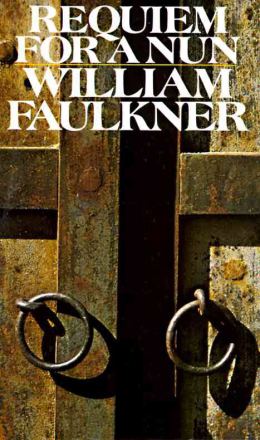 It’s these passages where I ran into a problem. The first one wasn’t too bad; it was actually quite funny and relatively interesting. But the second and especially the third one were just hard to slog through. They dragged, and I was having little luck connecting these “historical” passages with the play parts.
It’s these passages where I ran into a problem. The first one wasn’t too bad; it was actually quite funny and relatively interesting. But the second and especially the third one were just hard to slog through. They dragged, and I was having little luck connecting these “historical” passages with the play parts.
There is an obvious connection—the setting of each “act” in the play is the focus of each historical passage. But beyond this. . .well, I couldn’t find anything deeper, no thematic current tying the two together beyond simple location.
A part of me thought that perhaps it wasn’t the content or its lack of tie-in with the play portions, but the way it was written. The passages are un-indented, pages-long single sentences that liberally use the semicolon. Even where there are line breaks, the block paragraphs are connected due to the use of a semicolon. To be honest, I like long sentences, but I struggled with these.
So I took a break, read a bunch of short stories, and then came back and finished the whole third in one afternoon. I was left feeling it would have been much better had I just read the play bits and skipped the rest. And what I needed was something in between short story and novel, a good segue to get me back into longer works of prose because my mind was swirling with the form of short fiction, which isn’t really the best for me at the moment beings I’m in the middle of writing a novel. That’s when I remembered Seiobo There Below, a novel by László Krasznahorkai that I’ve heard is more like a short story collection than a novel. It being one a book I bought last year to celebrate the publication of my novel, I picked it, hoping it’d be just what I needed.
 Upon starting it, I thought I had made a mistake. Yes, it isn’t much like a novel and is really really like a short story collection. But all the stories have a similar voice. And they’re written in the same way, that is, in un-indented, pages-long sentences that liberally use the semicolon. Yes, it’s written almost exactly like the historical parts in Faulkner’s Requiem. The main aesthetic difference between Requiem and Seiobo is that Krasznahorkai uses a period between line breaks. Beyond this, Krasznahorkai‘s motto that the full doesn’t belong to humans, but to God, is followed to a tee.
Upon starting it, I thought I had made a mistake. Yes, it isn’t much like a novel and is really really like a short story collection. But all the stories have a similar voice. And they’re written in the same way, that is, in un-indented, pages-long sentences that liberally use the semicolon. Yes, it’s written almost exactly like the historical parts in Faulkner’s Requiem. The main aesthetic difference between Requiem and Seiobo is that Krasznahorkai uses a period between line breaks. Beyond this, Krasznahorkai‘s motto that the full doesn’t belong to humans, but to God, is followed to a tee.
Now that I’m approximately halfway through Seiobo, I’m very, very glad I did choose this book. It has shown me that it wasn’t the long sentences which made me seek other writing outside of Faulkner; it was the content itself. Faulkner’s long-ass sentences dragged because the content and style of that content (beyond being long and unpunctuated) was somehow uninteresting. Krasznahorkai’s semicolon-rich sentences push you along, are masterfully written to keep you reading, artfully maintaining a strong story momentum. Seiobo is hard to put down.
So I’ll probably be updating my Goodreads sooner than later to reflect yet another finished novel, or whatever you want to call Seiobo There Below. Or maybe I won’t. Because I might get distracted by another book, or even friends, movies, emergencies. I don’t know. What I will confess is this: I don’t list every book I read on Goodreads.
But if you are curious about what I do list on Goodreads (and sometimes rate. . .very occasionally review), just click the meme below.

*
*
*
*


